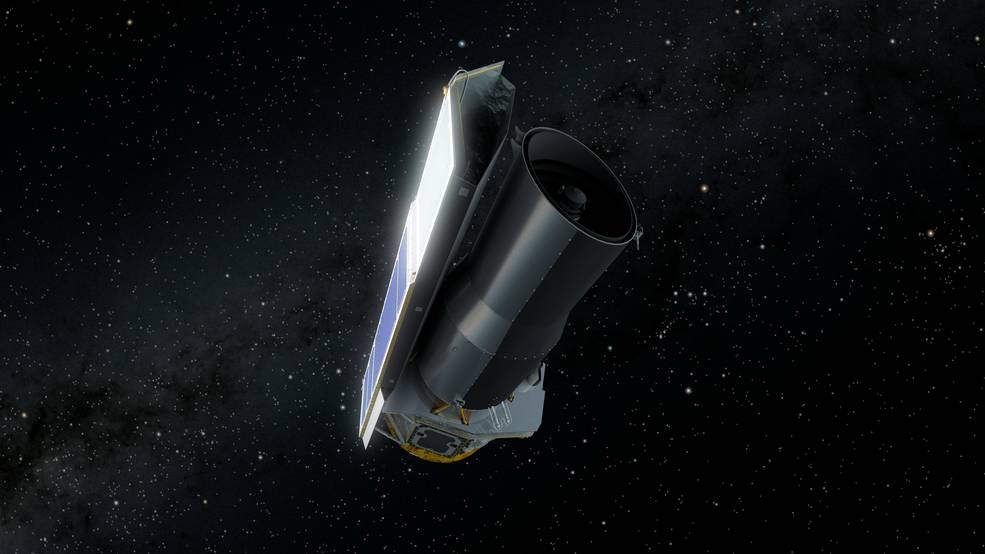
After a 16 years of collecting images of our galaxy and beyond, NASA’s Spitzer Space Telescope mission ended this week. At 2:30 p.m. PT on January 30, the spacecraft entered safe mode, meaning it will no longer collect data or transmit information back to Earth. This marks the end of Spitzer’s mission, which began with its launch in 2003.
Spitzer was one of NASA’s Great Observatories, four missions to explore space in different wavelengths that also included the Hubble Space Telescope, the Chandra X-ray Observatory, and the Compton Gamma Ray Observatory. Spitzer’s mission was originally scheduled to end in 2018 and be succeeded by the James Webb Space Telescope. But the James Webb project has suffered from significant delays, so Spitzer’s mission was extended for two years to cover the period of delay.
During its mission, Spitzer made significant contributions to science, illuminating previously unseen wonders of the universe by using infrared wavelengths to peer through the dust of space and see the interior structures of complex nebulae and galaxies. It also investigated some of the oldest galaxies in the universe and found unexpected delights in our solar system, such as a enormous but invisible ring around Saturn.
“Spitzer has taught us about entirely new aspects of the cosmos, and taken us many steps further in understanding how the universe works, addressing questions about our origins, and whether or not are we alone,” Thomas Zurbuchen, associate administrator of NASA’s Science Mission Directorate in Washington, said in a statement. “This Great Observatory has also identified some important and new questions and tantalizing objects for further study, mapping a path for future investigations to follow. Its immense impact on science certainly will last well beyond the end of its mission.”
Spitzer also leaves behind an archive of data that astronomers will continue to work through to make new discoveries.
“Everyone who has worked on this mission should be extremely proud today,” Joseph Hunt, Spitzer project manager, said. “There are literally hundreds of people who contributed directly to Spitzer’s success, and thousands who used its scientific capabilities to explore the universe. We leave behind a powerful scientific and technological legacy.”



